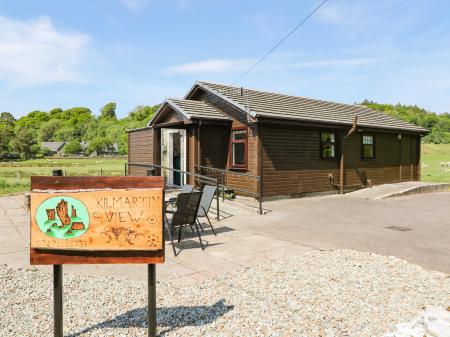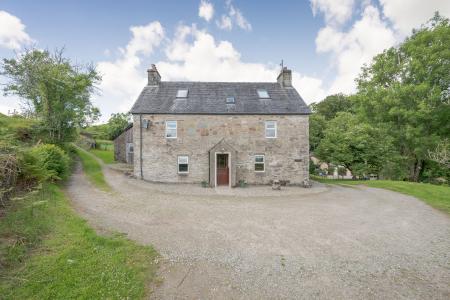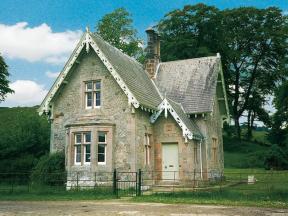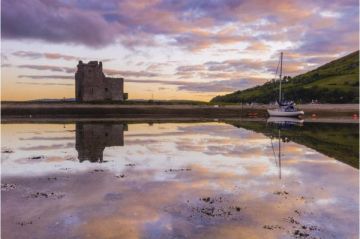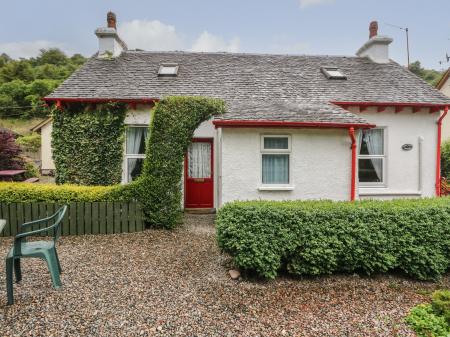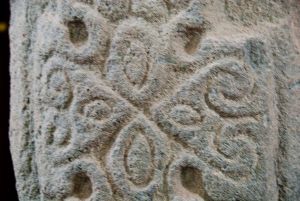
The older of the 'Kilmartin Crosses' dates to the late 9th or early 10th century while the other is probably late medieval. The crosses used to stand outside the church but were moved within the building for protection from the elements.
The tallest of the crosses depicts a crucifixion. A section of the cross arm was lost but later rediscovered and has now been attached once more to the cross head with a metal bar. The smaller cross is wonderfully carved with a variety of geometric patterns. The rear of the cross has patterns carved around a rounded central boss.
The older of the Kilmartin crosses has even inspired Celtic style jewellery in the shape of the cross. In addition to the two large crosses, there is another small cross fragment within the church. As for the church itself, the building largely dates to a restoration in 1834 which replaced a late 18th-century church. That 18h century building itself replaced a medieval church known to exist at least as early as 1304.
The area around Kilmartin is an absolute treasure trove of historic sites; in addition to the crosses and grave slabs at Kilmartin itself there are numerous prehistoric burial sites and standing stones throughout the glen, cup and ring marked stones and the atmospheric remains of Carnasserie Castle. For a good overview of the treasures in store, visit Kilmartin House Museum, just down the road from the church.
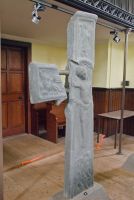
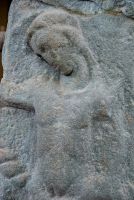
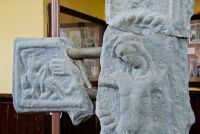
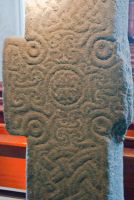
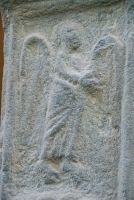
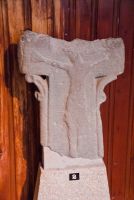
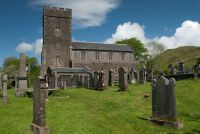
 We've 'tagged' this attraction information to help you find related historic attractions and learn more about major time periods mentioned.
We've 'tagged' this attraction information to help you find related historic attractions and learn more about major time periods mentioned.